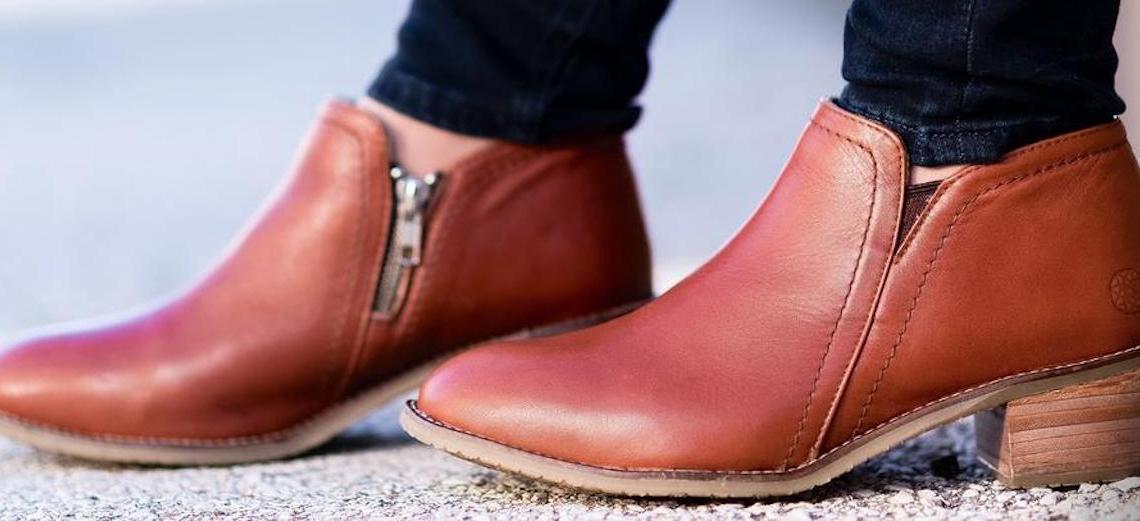The customer acquisition game has changed in the last year for DTC brands, with customer acquisition costs fluctuating and e-commerce becoming the dominant retail channel. Two-year-old DTC brand Xena Workwear is an online-only brand that’s managed to ride some of those changes to a year of growth. Its annual sales increased by more than 1,000% in 2020, and the company hit a milestone of selling 1,000 pairs of boots per month.
Xena CMO Eugene Furman attributed the growth to efficient use of Google Shopping and Google search ads, which along with Facebook ads, make up more than 75% of the brand’s marketing budget. While Amazon is where many consumers begin their search, he said he’d rather invest in Google because of the wealth of data it provides, compared to Amazon.
“Amazon controls all of your data,” Furman said. “If someone searches [your brand] on Amazon, all the data goes to Amazon. They control everything. They may share it with you, but they’re trying to drive sales on their own site. But Google drives to your site, and they want to promote you. Amazon is sort of like renting, and Google is like owning. We just get a lot more data from Google about who’s searching for us, how many people clicked through and what [search] terms are pointing to us.”
Furman said Xena has been increasing its ad spend on Google, up to several thousand dollars per day from just over $1,000, over the last six months. In that time, 90% of the customers who landed on the site via Google Shopping were new customers, and the brand saw a 10x return on investment off the total ad spend.
But Furman said growing through Google isn’t as simple as putting more money in.
“The basic goal is to increase spend and continue seeing returns,” Furman said. “It’s actually a little difficult to scale that, though. I can’t just pour $1 million into Google overnight and expect to see $1 million worth of return. The algorithm needs time to adjust and serve your ads to the right people, which takes time. Increasing your spend by a lot, all at once, gives you diminishing returns. So we’re trying to increase our spend on Google ads slowly, but steadily. We’re up to a few thousand dollars per day, which is pretty significant as you can imagine, but as long as we continue to see returns, we’ll keep growing that spend.”
Furman said as the brand has grown, it’s expanded what ad words it’s using from solely branded terms to adjacent terms, like horseback riding.
Google has made changes to how its Shopping tab works in the last year, making it free to sell on Google in April of 2020 and ceasing commission charges for Google Shopping sales in June. Now, it costs nothing for brands to have their products listed on Google, though they can still pay for sponsored listings at the top of a Google search page. While paid listings still beat out free listings and the usual SEO strategies are at work for determining the order of search results, Google presents this change as a win-win for all involved.
“For retailers, this change means free exposure to millions of people who come to Google every day for their shopping needs,” said Bill Ready, president of commerce at Google. “For shoppers, it means more products from more stores, discoverable through the Google Shopping tab. For advertisers, this means paid campaigns can now be augmented with free listings.”
Brands have largely returned to spending on Google ads in the last quarter, after pulling back from a lot of digital spending throughout 2020. In the quarter ending at the beginning of February, Google’s search and ad revenue was $31.9 billion, up from $27.2 billion in the previous quarter.




